History of the English Calvinistic Baptists 1791-1892
From John Gill to C.H. Spurgeon
| Weight | 0.63 kg |
|---|---|
| Dimensions | 22.3 × 14.3 × 2.8 cm |
| ISBN | 9780851519203 |
| Binding | Cloth-bound |
| Format | Book |
| Page Count | 432 |
| Original Pub Date | 2006 |
| Banner Pub Date | Mar 1, 2006 |
ENDORSEMENT
‘A Masterful book’ — DR. MICHAEL A. G. HAYKIN
Book Description
The aim of this book is to trace the story of the English Calvinistic Baptists from the death of John Gill in 1771 to that of Charles Haddon Spurgeon in 1892. It deals not only with the well-known figures in this community’s history- theological giants like John Gill, Andrew Fuller, William Gadsby, and Charles Spurgeon–but also with lesser-known lights–men like the hymn writer Benjamin Beddome, the eccentric John Collett Ryland, Abraham Booth, and John Stevens. Wide and deep reading in the writings of these men has given Dr. Robert Oliver an excellent grasp of their various theological perspectives.
No Christian community is without its controversies and the Calvinistic Baptists in the period covered by this book are no exception. Even-handedly and with one eye always on the Calvinistic Baptist roots in the seventeenth century–well summed up by The Second London Confession of Faith–the author details the controversies that at times wracked this community. Who may take the Lord’s Supper? What is the role of the law in the Christian life? Is there biblical warrant for making free offers of the gospel to all and sundry? None of these issues are minor matters and should not be ignored by Christians today. The thinking of these Baptist worthies is therefore still of great value.
Unlike some contemporary historians, Robert Oliver is rightly convinced that the development of the Strict and Particular strand of this community in the nineteenth century is not a stagnant backwater that is best forgotten. Even though the churches of this persuasion were not as balanced as their seventeenth and eighteenth-century forebears, there was a spiritual vitality to this group that needs remembering and Oliver has given us a rich overview of the thought and activities of these English Calvinistic Baptists.
Table of Contents Expand ↓
| Preface | ||
| Introduction | 1 | |
| PART I THE EIGHTEENTH CENTURY INHERITANCE | ||
| 1 | The Legacy of John Gill | 8 |
| 2 | Blessing in the Cotswolds | 21 |
| 3 | Three Leaders | 35 |
| 4 | The Communion Controversy 1772 – 1781 | 64 |
| 5 | The Gospel Worthy of All Acceptation | 96 |
| 6 | Antinomianism | 121 |
| 7 | William Huntington’s Controversy with the Particular Baptists | 142 |
| PART II WHEN GOOD MEN DIFFER | ||
| 8 | Andrew Fuller and Abraham Booth | 157 |
| 9 | William Gadsby | 182 |
| 10 | John Stevens | 211 |
| PART III REALIGNMENT | ||
| 11 | Moves Towards Open Communion | 241 |
| 12 | The Beginning of the Strict Baptist Magazines | 273 |
| 13 | Joseph Charles Philpot | 302 |
| 14 | Organizations | 329 |
| 15 | Charles Haddon Spurgeon | 353 |
| Appendix A | 372 | |
| Appendix B | 376 | |
| Bibliography | 377 | |
| Index of Names | 405 | |
| Index of Places | 413 | |
| Index of Subjects | 418 |
Review
Related products
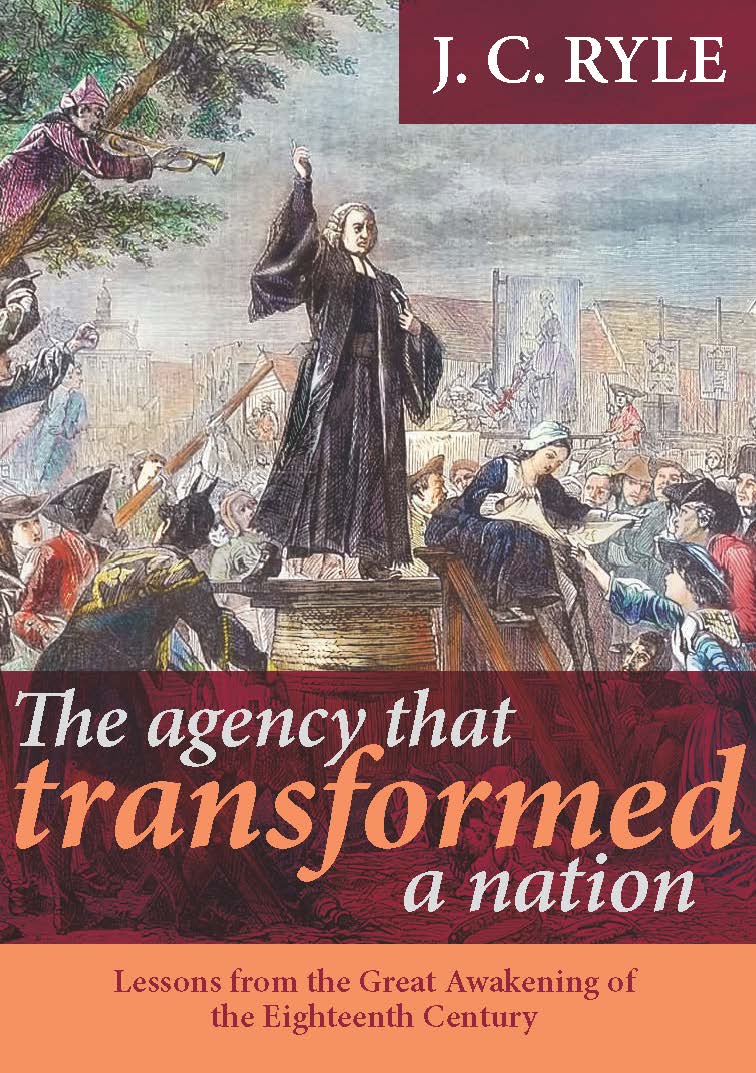
The Agency that Transformed a Nation
Lessons from the Great Awakening of the 18th Century
price
From: £1.00
Description
Covering the period 1771–1892, from the death of John Gill to that of C. H. Spurgeon, gives a fascinating look at the lives and perspectives of both theological giants and lesser-known lights among the Baptists. 432pp.

Andrew Bonar
Diary & Life
price
£16.50
Description
Covering the period 1771–1892, from the death of John Gill to that of C. H. Spurgeon, gives a fascinating look at the lives and perspectives of both theological giants and lesser-known lights among the Baptists. 432pp.
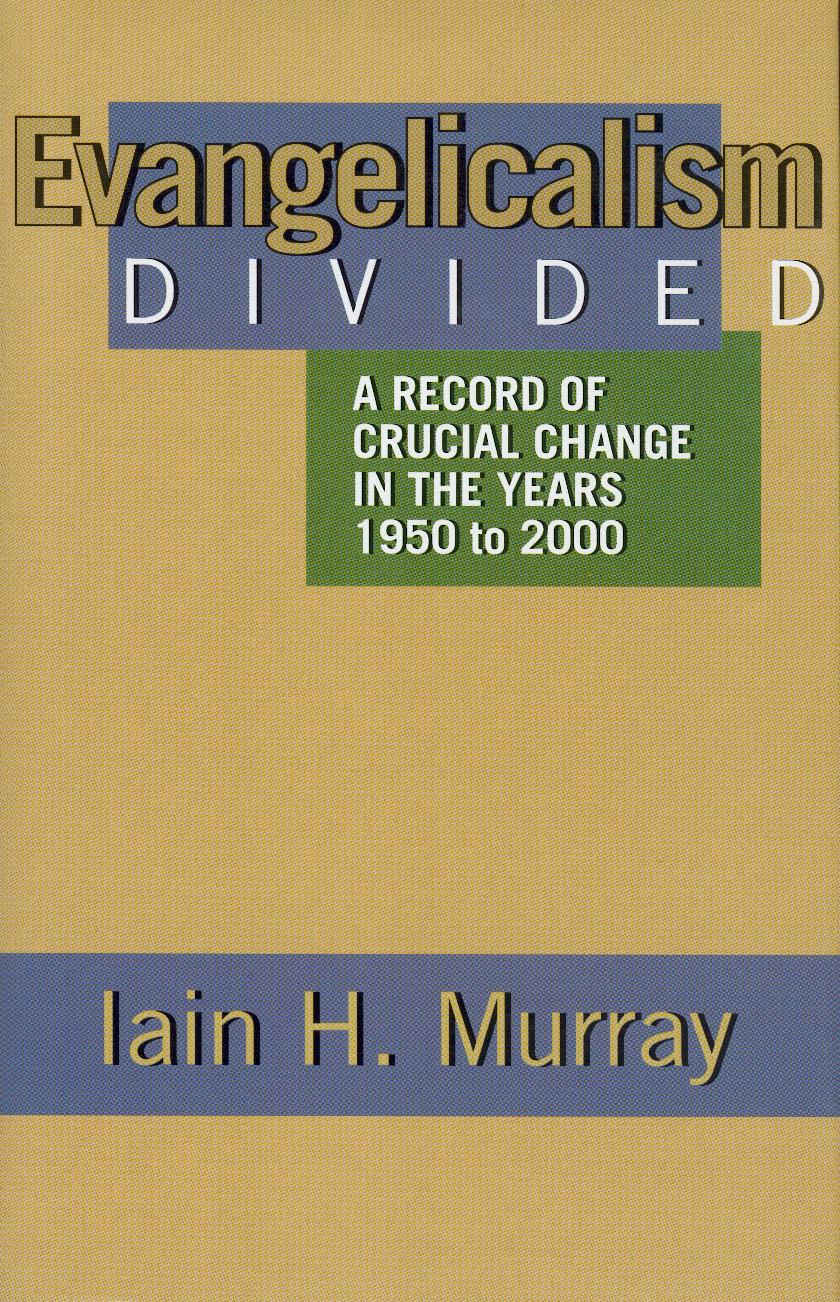
Evangelicalism Divided
A Record of Crucial Change in the Years 1950 to 2000
price
£14.50
Description
Covering the period 1771–1892, from the death of John Gill to that of C. H. Spurgeon, gives a fascinating look at the lives and perspectives of both theological giants and lesser-known lights among the Baptists. 432pp.


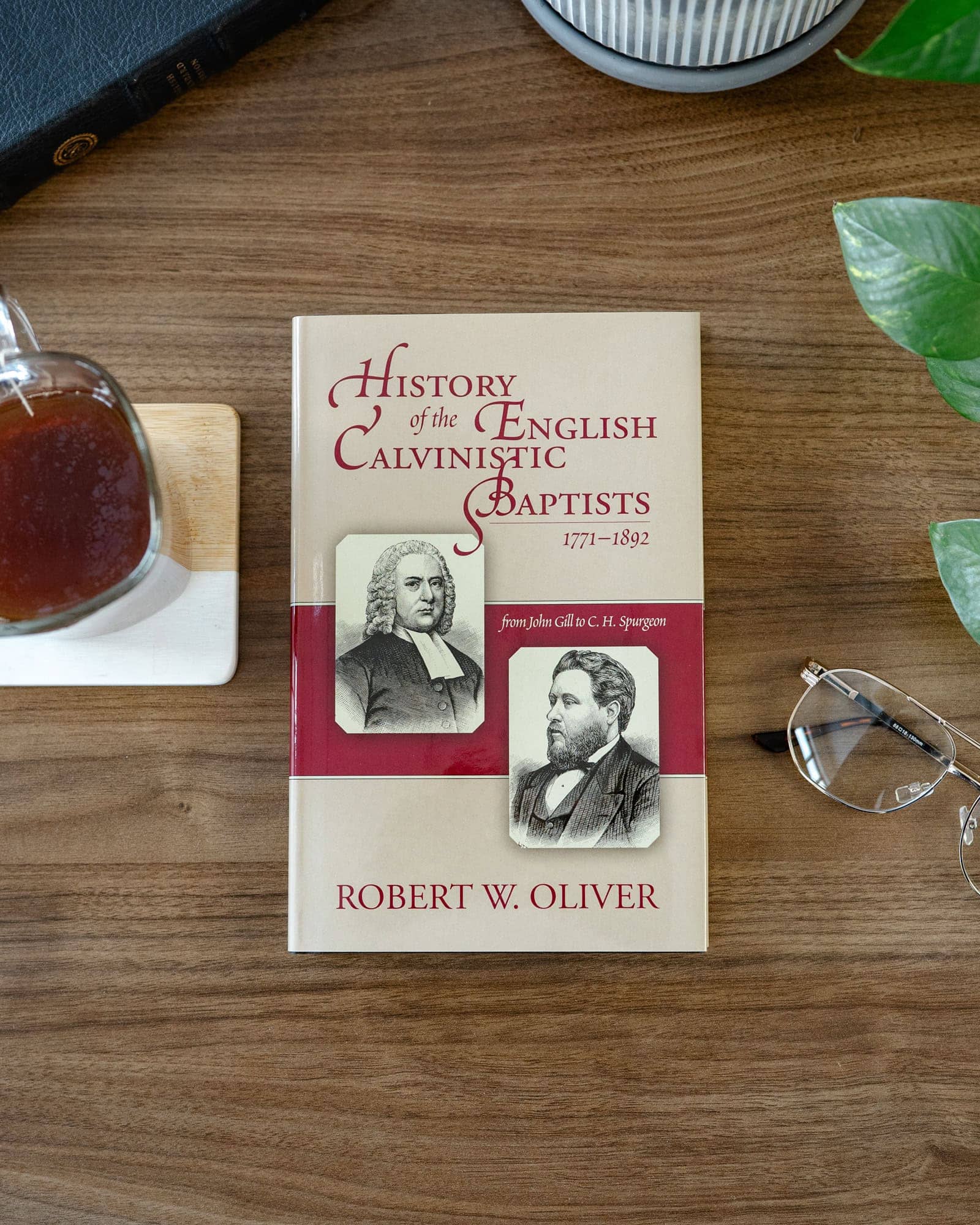
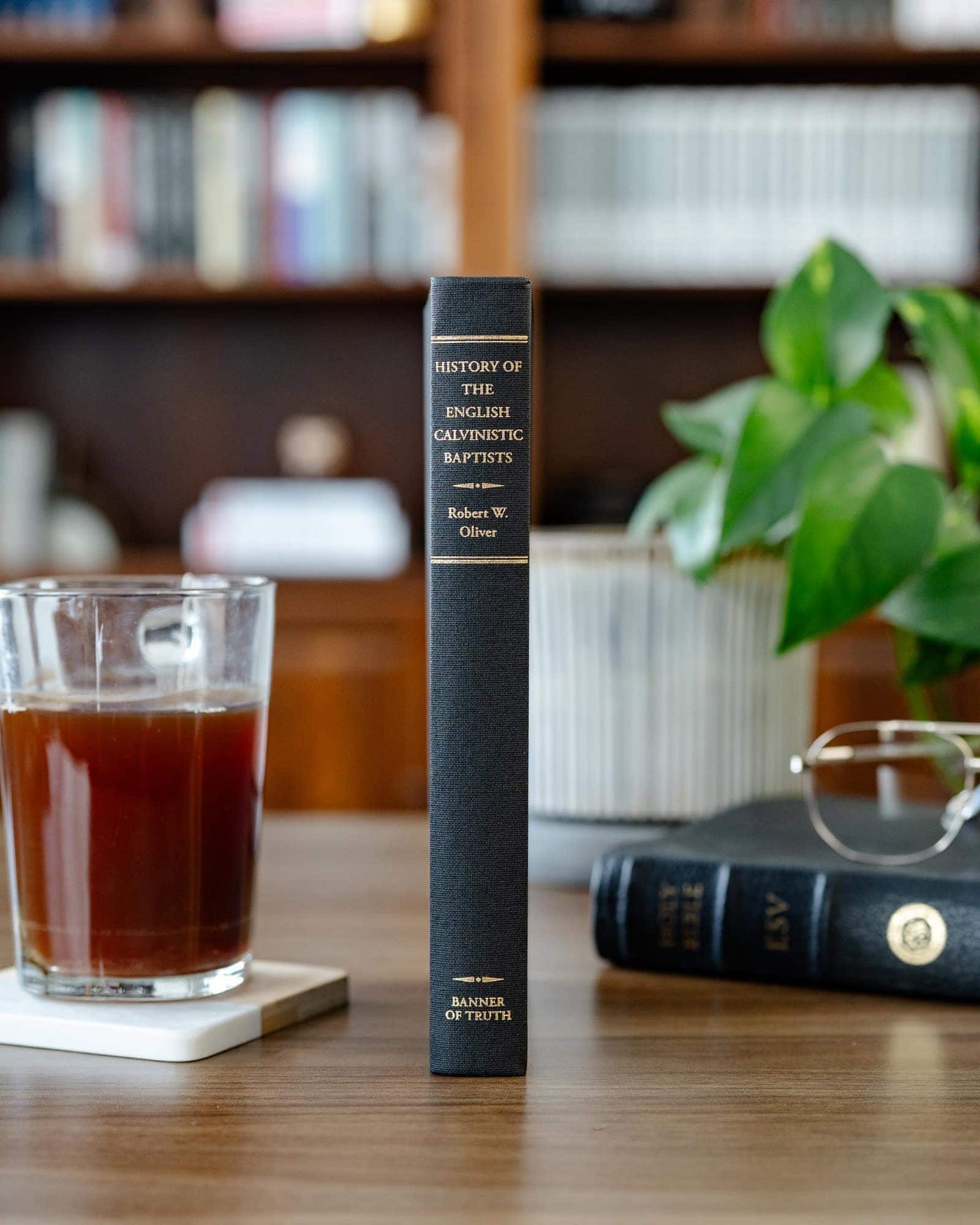
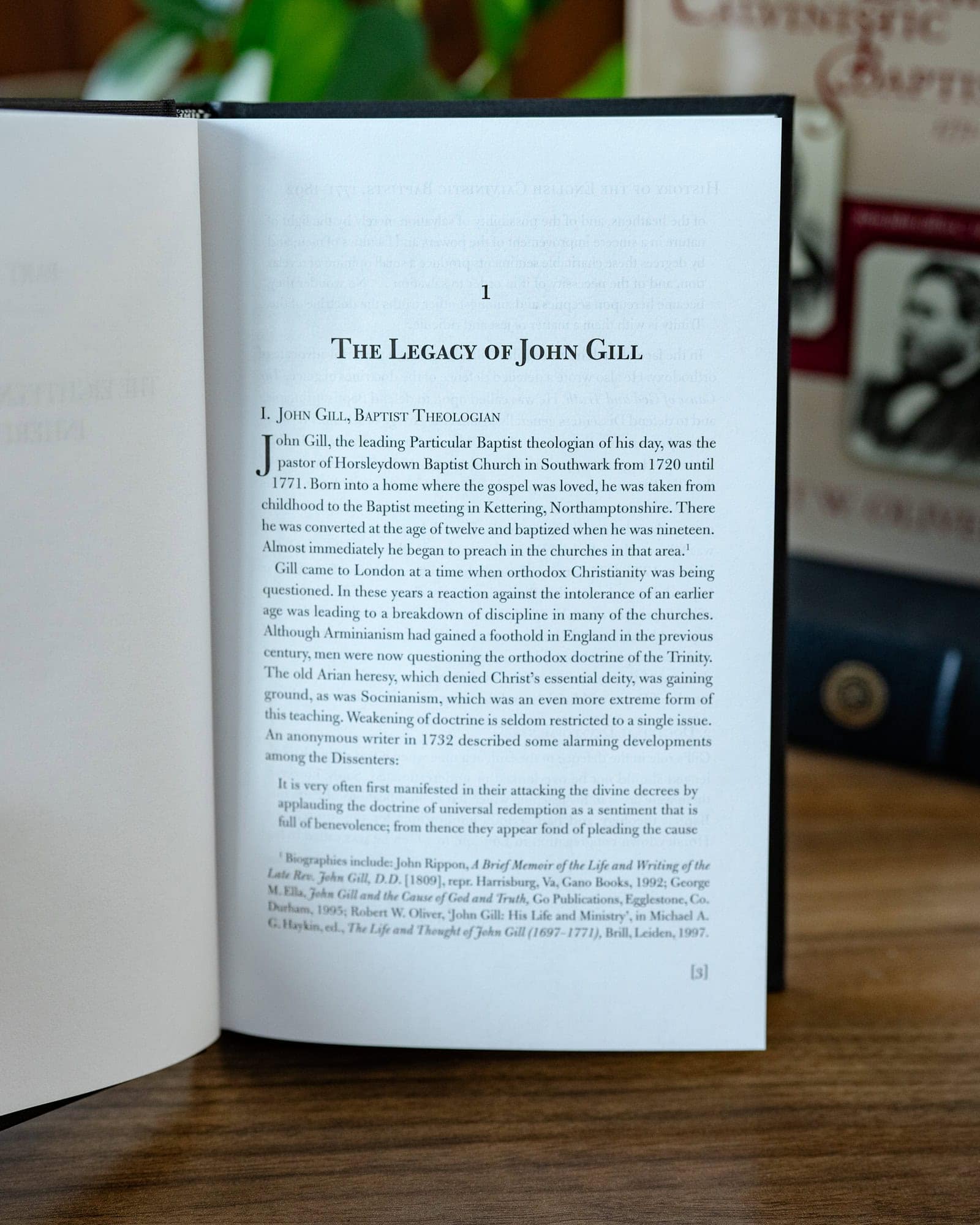
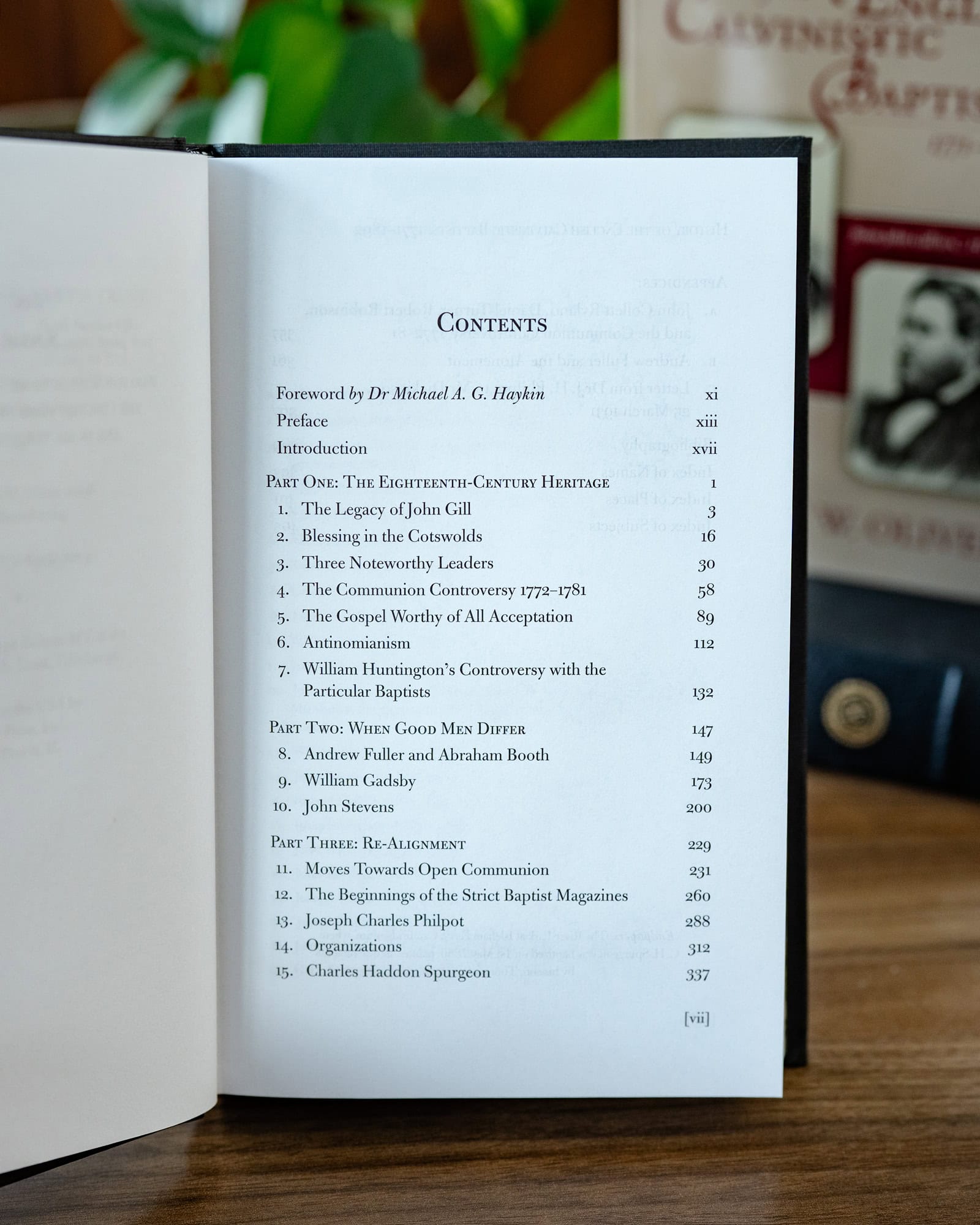
Testimonials
Submit your testimonial
There are no testimonials yet, would you like to submit yours?